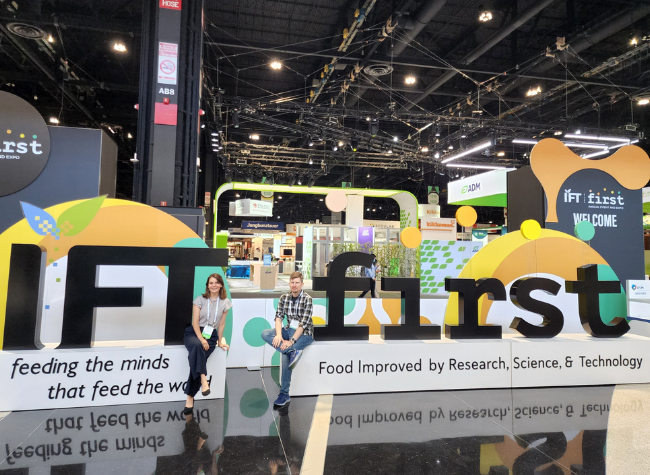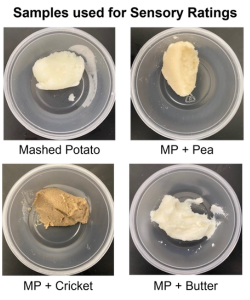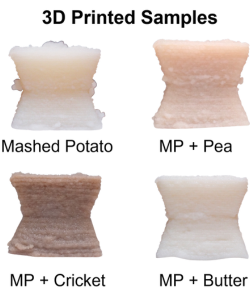
Martin Binks, Nutritional Sciences faculty member, shares more in-depth information on his collaborative research regarding the personalized nutritional and food manufacturing aspect of food printing
Food printing is a rapidly evolving technology that has the potential to revolutionize the food industry by allowing for customized production of foods on demand. Nutritional Sciences faculty member and Nutrition and Metabolic Health Initiative (NMHI) director Martin Binks, Ph.D., has been studying effective ways to add appeal and nutrition to 3D-printed food. This research study, conducted by a team of researchers from Texas Tech University and The Ohio State University, explores using protein and lipid powders as additives to mashed potatoes to improve food printability and nutrition.
"Food printing is a process for producing three-dimensional food products. In other words, it is merely the controlled deposition of an ingredient," Binks said. "Material extrusion is the most commonly used process for food printing, which can use any food that is in paste form, such as mashed potatoes, cookie dough, ground beef, hummus, chocolate, cream cheese."
A team of mechanical engineering, nutritional sciences, and food science and technology experts have been conducting the research together. The group consists of Binks, Stefania Chirico Scheele, a Ph.D. candidate in Mechanical Engineering at TTU, Gordon Christopher, an associate chair of Graduate Affairs and an associate professor in the Department of Mechanical Engineering at TTU, Farnaz Maleky, an associate professor in the Department of Food Science and Technology at The Ohio State University, and Paul Egan, senior author, and lead of the lab conducting the research.

The study found that adding variable amounts of protein and lipid powders improved the food samples' print fidelity, firmness, and sensory appeal. The trade-offs demonstrated the merits of food printing for customization depending on consumer preferences and needs, with each food sample providing varying degrees of success for printability, texture, and sensory metrics. This research is significant because it demonstrates the potential of 3D food printing to produce personalized, nutritious, and appealing foods for consumers. It also highlights the importance of additive manufacturing, food mechanics, and consumer assessments in the design space.
“There are consumers desiring low-calorie diets to lose weight, while others need high caloric intake due to physical activity or medical conditions," Binks said. "By characterizing a design space with choices and trade-offs, it is possible to use 3D food printing to deliver optimized foods to consumers for their specific needs."

The researchers said it is essential to understand the potential of 3D food printing and its implications for personalized nutrition and food manufacturing. So far, research has found butter as the most appealing for printability/fidelity and sensory ratings, while pea and cricket samples demonstrated improved nutrition. The following steps in this research process include investigating a range of suitable foods to satisfy a particular population or consumer-specific cases to find optimal foods based on personal preferences.
Research like this can significantly impact our community, especially those with specific consumer needs. The Department of Nutritional Sciences is dedicated to positively contributing to society through quality education, research, and service.
